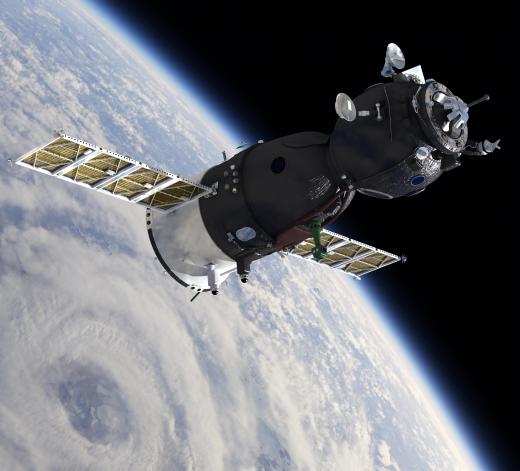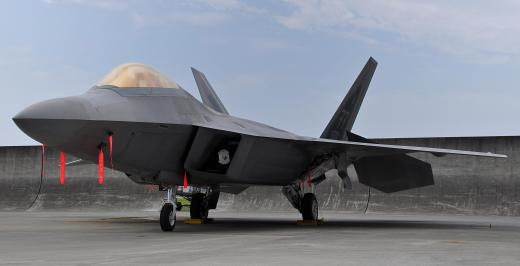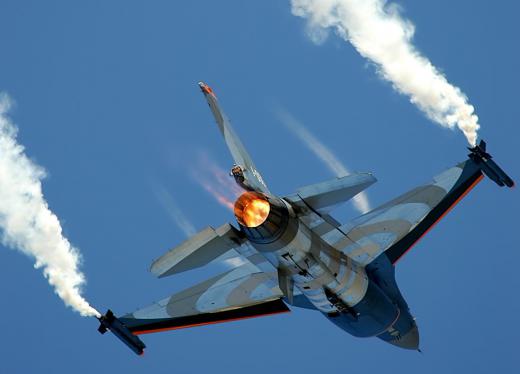What are Some Futuristic Weapons?
 Michael Anissimov
Michael Anissimov
Many futuristic weapons which have been discussed and invested in for at least a couple decades are finally having their debut in the last few years. These include the microwave beam, a.k.a. "pain beam," in the form of the Active Denial System, which has been deployed in Iraq, electromagnetic railguns, which have been extensively tested and will be outfitted on US destroyers soon, acoustic weapons, which have seen limited use in the Long Range Acoustic Device (LRAD). There was also some discussion to outfit the F-22 Raptor with a solid state laser, but that idea was discarded.
Over the next few decades, it is conceivable that weapons we now consider "futuristic" -- railguns, lasers, various beam weapons -- could see widespread use. For one, most of these weapons require either no or negligible ammo, which makes them radically cheaper in comparison to missiles and bombs. Secondly, many of them travel at the speed of light, making them much faster. Some of these futuristic weapons can even reach the horizon.

Some futuristic weapons have a bad reputation. The Star Wars missile defense program initiated by Ronald Regan is the archetypal example of "futuristic weapons research," but this project spent tens of billions over two decades, with few results until very recently. But the most recent tests with missile defense systems have been effective, although they do not use any particularly futuristic method -- only quick and small interceptors. Already proposals to place missile defense systems in Poland have provoked the ire of Russia.

It is difficult to create lasers or microwave beams powerful enough to be used as weapons that can be carried by individual soldiers, so such weapons for infantry use may be several decades into the future yet. However, some of these systems can be outfitted on planes or even Humvees. Research into flechette guns, fast-moving tiny spines, has come up with nothing practical.

There has been much discussion into solar satellites -- satellites in geosynchronous orbit which gather solar energy and send it down to a receiver on Earth in the form of a diffuse microwave beam. If one of these were launched, there would be at least the in-principle possibility of converting it into a futuristic weapons system, which could certainly cause political troubles.
AS FEATURED ON:
AS FEATURED ON:













Discussion Comments
Though these weapons do seem quite advanced, I wonder what the future has in store for us. Sure, these weapons are certainly "futuristic", but thing about technology is that we're always finding ways to improve it. What's modern to us nowadays will be rusty and outdated ten years from now. Does anyone see a pattern here?
This is a very interesting article that gives a great perspective on the future of our weapons. In fact, I wasn't even aware of these weapons until reading this. It's very interesting. Also, I like how the article mentions that many of the weapons that are "futuristic" could have a widespread use in the future.
In fact, I noticed that to be the case with a lot of "devices" in the past. For example, LSD had a much more limited use before being released to the public.
Post your comments